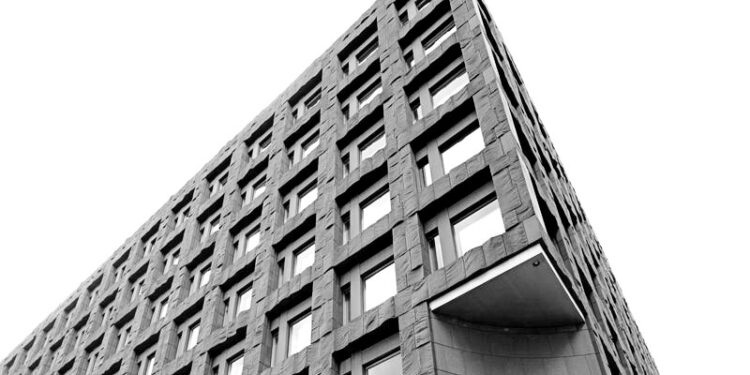The Swedish crown softened on Wednesday after the country’s central bank was less hawkish than expected, while the euro and pound rebounded, having suffered a day earlier as jitters about the U.S. banking sector helped the safe-haven dollar.
The euro rose 0.8% against the crown to 11.401, set for its biggest one-day gain since early March. The dollar, which traded down 0.7% against the crown before the Riksbank’s decision, was up 0.4% at 10.347.
Sweden’s central bank raised its policy rate by half a percentage point to 3.50% in line with market forecasts, and said expected a further hike at its upcoming meeting in June or in September, but two deputy governors voted for a smaller hike.
“For the market, what was more important (than the 50 basis point hike) was the updated guidance that shows the Riksbank is still relatively cautious over the need for further tightening from here,” said Lee Hardman senior currency analyst at MUFG, pointing to the comment that next hike is expected in either June or September.
“Also the fact two deputy governors favoured a smaller hike plays into the idea that the Riksbank is planning on stepping down the pace,” he said.
Elsewhere, the euro rose 0.4% against the dollar to $1.1019 and the pound rose 0.38% $1.2457 both rebounding from slightly larger falls a day earlier.
The dollar index , which measures the currency against six major rivals, was down 0.25% at 101.56 after a 0.5% increase Tuesday, as it benefited from a short-term flight to safety.
Shares of First Republic Bank (FRC.N) slid nearly 50% on Tuesday after it reported a more than $100 billion plunge in deposits in the quarter, battered by lost confidence in the banking sector.
It faces dwindling and tough options to turn around its business with the creation of a “bad bank” or asset sales possibilities, a source familiar with the matter told Reuters.
However, “the broader spillover impact looks limited – other regional bank shares have held up better – and the market sees it as an isolated incident. That’s why we’ve seen a bit of a bounce in risk assets and the dollar giving back some of yesterday’s gains,” said Hardman.
The dollar slid 0.2% against the yen to 133.45.
Investor attention will firmly be on the slate of central bank meetings in the next few weeks with the Bank of Japan, under the new Governor Kazuo Ueda, holding its policy meeting later this week.
The Australian dollar slid to a six-week low of $0.66025 $0.6605 after data showed inflation eased from 33-year highs in the first quarter, while core inflation dipped below forecasts.
ING economists said a cooler-than-estimated inflation report should be enough to “encourage thoughts that the recent pause in rate tightening by the Reserve Bank of Australia (RBA) may end up being more than that, and confirm that 3.6% was the peak in rates this cycle.”
Investors reacted to the data by lengthening the odds on the RBA resuming raising rates at its May 2 meeting, having paused in April after a streak of 10 straight increases.
Source: Reuters










Recent Comments